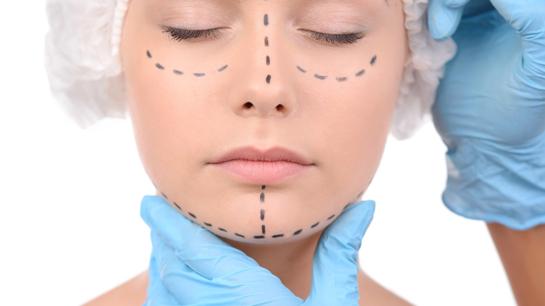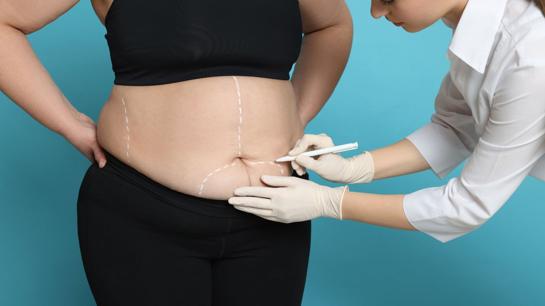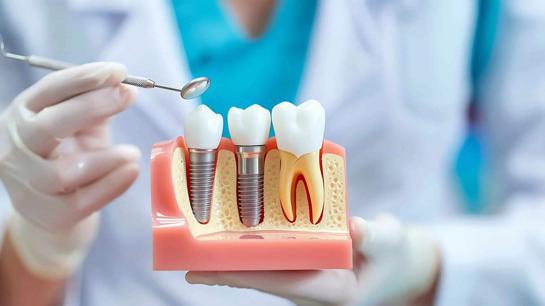Facelift Surgery Abroad Guide
This guide explores facelift surgery overseas—cost savings, privacy, advanced techniques, benefits, risks, recovery, and essential questions for clinics. Discover safe plastic surgery options for a refreshed, confident you.
Why Is Everyone Suddenly Talking About Facelifts Abroad?
Is it just a trend? Sometimes it feels like it. Every few weeks, another headline appears—someone had “a little work done” somewhere halfway around the world. But when you talk to real people, it’s almost never about running off for glamour or chasing trends.
It’s privacy. It’s price. Sometimes it’s frustration—waiting months for a simple consultation back home, watching the clock, looking in the mirror, wondering if you’re “past the window.” And, honestly? Sometimes it’s just wanting to hit pause. To do something for yourself, far from the neighborhood, without having to explain.
That’s where facelift surgery abroad comes in. Not because it’s “the thing.” Because for many, it just… makes sense.
What Is a Facelift—No Sugarcoating
People think it’s just “pulling skin.” Right? Nah. It’s more involved. These days, good surgeons work under the skin—moving deep connective tissue, maybe fat, sometimes even muscles. They’re not just stretching you tight. They’re reshaping. Subtle, sometimes. Other times—yeah, dramatic. But mostly? Just enough so you look how you feel when you’re well-rested.
It’s not starting over. No time machine. If someone promises “new face,” that’s hype. A proper facelift, though, can peel years of tiredness. Jawline’s cleaner. Cheeks look less hollow. Maybe the neck isn’t sagging every time you see a photo. You’ll still look like you—just not the version the mirror shows after a long week.
Why Would Anyone Go for Plastic Surgery Abroad?
Let’s drop the pretense. Cost matters—a lot. Facelift surgery abroad can cost half, sometimes even less, than what you’d pay at home. And that’s a big reason people consider it. Sometimes the math just works.
But money isn’t the only driver. There’s speed. No endless waitlists. You reach out, you get back a date—not “six months from now,” but maybe next month.
There’s the privacy factor, too. Don’t want to run into a neighbor in the pharmacy while picking up pain meds? Abroad, you vanish for a bit, come back when you’re ready. For some, that privacy is gold.
And—maybe a surprise—some clinics abroad actually offer cutting-edge techniques first. Mini-lifts, less invasive options, high-def imaging. Not every place, of course, but it’s out there.
Mostly, it’s about feeling cared for. A lot of clinics doing plastic surgery abroad go out of their way to treat you like a person. Not case number six on the schedule. For some, that’s the clincher.
What Kind of Facelifts Happen Abroad?
A lot, honestly. There’s no “one size fits all.” Usually you’ll see:
- Full (traditional) facelift: Deeper work on lower face, cheeks, jowl, neck.
- Mini facelift: Smaller incisions, focuses on jawline and lower face.
- Mid-face lift: Targets the area below your eyes, above your mouth.
- Neck lift: Pretty much what it sounds like.
- Endoscopic facelift: Uses cameras and tiny cuts—less visible scarring.
- Some even combine with eyelid or brow lifts, fillers, or fat grafting.
And you don’t always need “the works.” A good surgeon abroad will talk you through options—what you actually need versus what’s just “extra.”
Who’s Doing the Work? What Should You Ask About Staff?
You want someone who knows faces inside out. Board-certified. Specialized in facial plastic surgery, not just “general” work. Look for:
- International training doesn’t hurt.
- Membership in professional plastic surgery societies? Good sign.
- A clinic team that speaks your language—at least some of them, ideally the doctor and nurses who’ll care for you.
It’s not rude to ask how many facelifts they do a year. Or what kind. “A lot” isn’t a number. You want details.
And—the big one—how do they handle issues or questions after you leave? That’s part of real quality.
About the Clinic—Accreditation and Trust
Flashy websites? Easy. Real standards? Different story. Ask:
- What national or international accreditations do they have?
- Do they publish actual safety data or just pretty before/afters?
- Can they explain their infection control and backup plans?
- Is anesthesia handled by pros, or (gulp) “whoever’s available”?
If anything feels hidden or rushed through, that’s a sign to keep looking.
Tools, Tech, and the Surgery Environment
You’re flying for a reason—you want this to go well. Worth asking:
- Is there digital imaging for pre-surgery planning?
- Modern, filtered operating rooms or just a “converted clinic room”?
- Careful monitoring during and after surgery?
- Dissolving stitches, fewer drains, rapid-recovery protocols?
- Nurses who see you more than once a day, especially the first 48 hours?
Details matter. The little things count even more when you’re far from home.
The Quiet Stuff: What Recovery Abroad Feels Like
Facelift surgery abroad isn’t always glamorous. There’s swelling, bruising, some tingling or numbness. Don’t freak if you look “worse” at first—everyone does. A pattern often looks like this:
- First 24 hours: Monitored, maybe a little groggy. Some get a private room, some don’t.
- Next day or two: Bandages off, gentle checks, cold packs, meds.
- Most people are “presentable” (not perfect) to fly home within 10–14 days.
- Some swelling, lumpiness, tight feelings—those can last weeks, sometimes more.
Surprisingly, many clinics doing plastic surgery abroad set you up in nearby hotels. Often, a nurse will check in daily—or you’re invited back for a check and a chat.
The Numbers: Cost, Packages, Recovery Timeline
| At Home (US/UK/Canada) | Facelift Surgery Abroad | |
|---|---|---|
| Surgery | $12,000–$25,000 | $3,500–$8,000 |
| Facility/hospital | $2,000–$5,000 extra | Usually included |
| Hotel/recovery suite | Extra | Sometimes included |
| Flights | N/A | $500–$2,000 |
| Wait time | Weeks–months | Few days–2 weeks |
All-in packages are common with plastic surgery abroad—sometimes meals, drivers, meds, follow-ups. Less running around, more time to rest. Just don’t assume: ask what’s actually in your deal.
Outcomes: Real Stats, Not Just Hopes
Most modern clinics abroad—when they’re good—report infection rates under 2%. Satisfaction rates up near 90–95% for people who choose experienced facial surgeons. As for major complications? Rare, but you need to know how they’ll sort things if something does go sideways.
A huge key to happy outcomes? Realistic expectations, honest chats before you board that plane, and following instructions.
Who Should Not Travel for a Facelift?
If you have major health issues (heart, lung, bleeding disorders), think twice. Flying, surgery, recovery—those risks add up.
Also, you’ll need help (at least a companion) for flights and the first few days after surgery. No built-in support? Wait until you can arrange it.
If you can’t get or read post-op instructions in your own language, that’s a risk. Don’t shrug it off.
Making the Choice: What To Really Ask
- How many facelifts does this surgeon actually do?
- Who’s managing anesthesia, recovery, and follow-up?
- Can you see accreditation certificates, not just website badges?
- What happens if you hate the result, or have a complication?
- Is aftercare covered in your cost—or all “extra”?
Trust your gut. If the answers feel slick or rushed, keep moving.
The Human Takeaway
Facelift surgery abroad isn’t about chasing youth. Most people just want to feel lighter, a little less tired, maybe more confident. And honestly? Maybe do it without making a big fuss.
You’ll find both risks and possibilities wherever you go. If you do your research, check credentials (twice), and listen to your instincts, the process is a lot smoother—and a little more hopeful—than myths suggest.
For many, going abroad is about reclaiming some control. Sometimes, it’s the first bold move toward doing something for yourself—on your terms.























